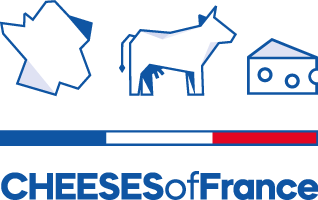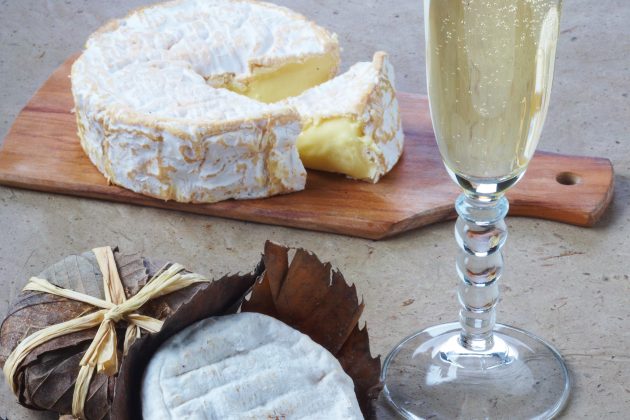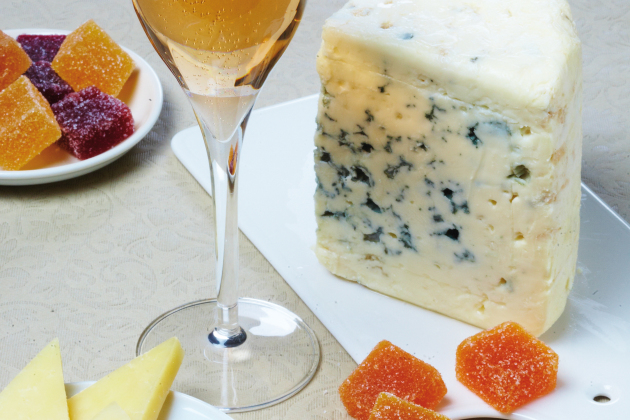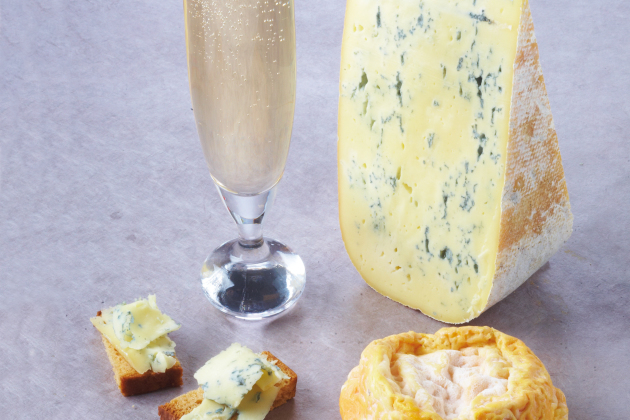Cheeses & Champagne
A surprising alliance
To truly relish French cuisine and open up our taste buds to all its gastronomic possibilities, we have to consider it in all its diversity.
Although a rare experience, pairing cheese and champagne allows for new, bold yet well-judged, gourmet pleasures. We know one thing for sure, and that is that champagne is first and foremost a wine. Its bubbles get taste buds fizzing and gently prepare the palate. Champagne and cheese are a combination that vacillates between harmony and contrast, with each one showing off the other by liberating their aromas in a delicate mix of flavours.
The richness and structure that comes from red grape varieties vinified in white or rosé wines give many champagnes the forcefulness to pair well with cheeses both mild and strong. The diverse characters of champagne and cheese make for an exceptionally rich range of aromatic pairings. From ultra-brut, dry and blanc de blanc to hard, soft, dry goat’s cheese, fresh and matured, there are many nuances to be aware of and combine effectively. Sometimes a pairing is based on the floral or mineral notes of cheese and champagne, but it could also find its balance in their creaminess and powerful flavour which ally to invigorate palates.
How to serve champagne
Champagne should be served chilled, but never with ice. The bottle must be stored horizontally in the bottom part of the fridge for at least three hours before serving, or cooled in a champagne bucket filled with a mixture of water and ice for 20 minutes. Most early, sprightly non-vintage champagnes have a recommended temperature of 8°C.
The balanced taste of the wine comes to the fore at this temperature, revealing both the freshness of the bubbles and its acidity. For vintage or rosé champagnes, 10-12°C is more appropriate. Champagnes should never be put in the freezer, as the extreme cold alters the taste.
 繁體中文
繁體中文  简体中文
简体中文  한국어
한국어  Français
Français 





